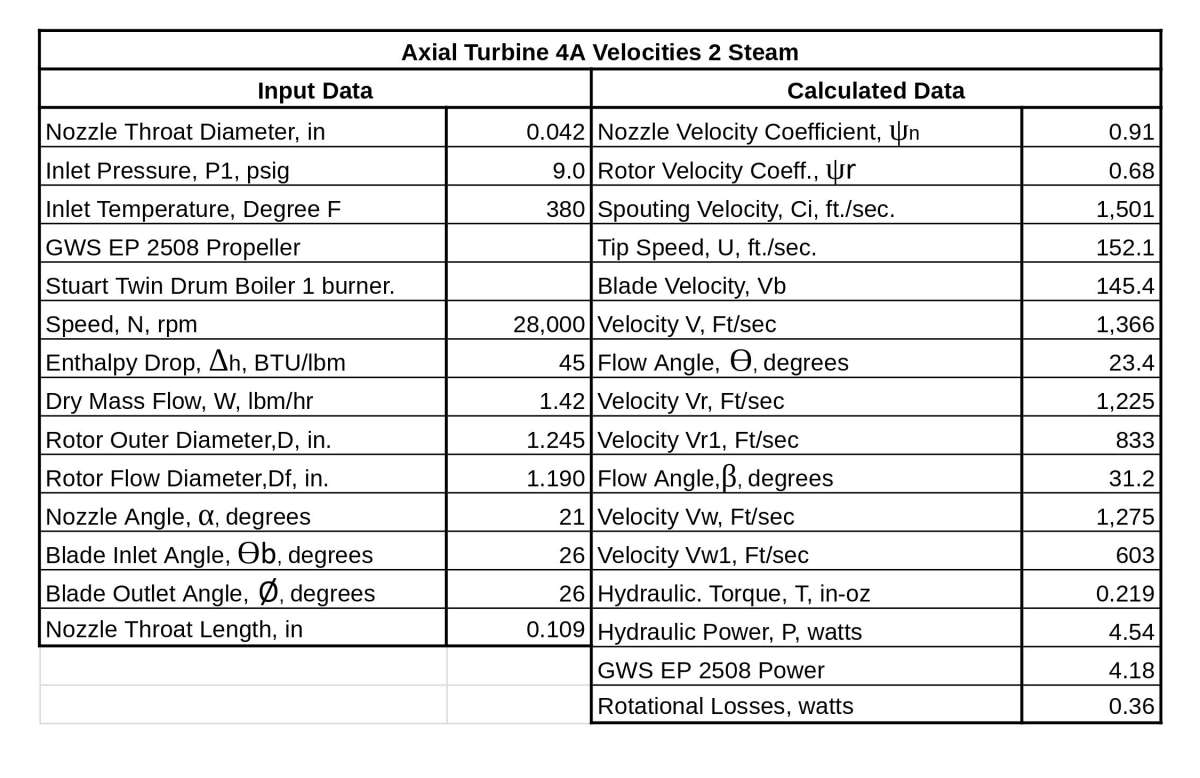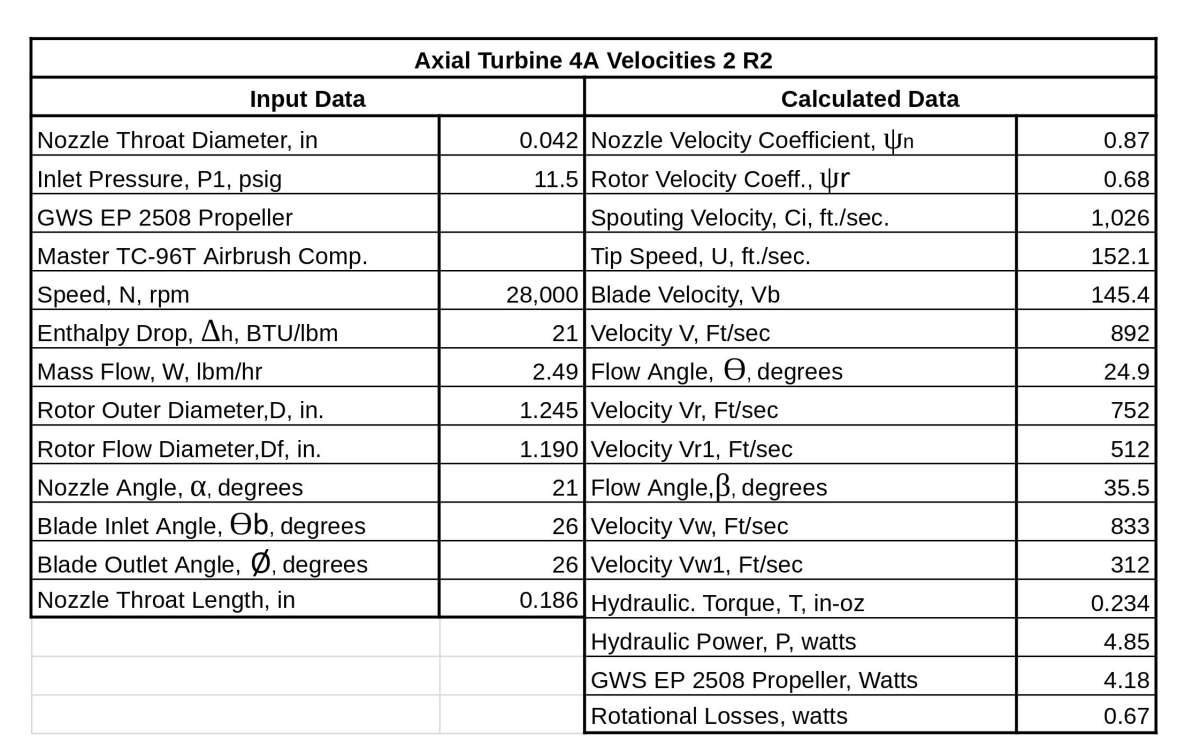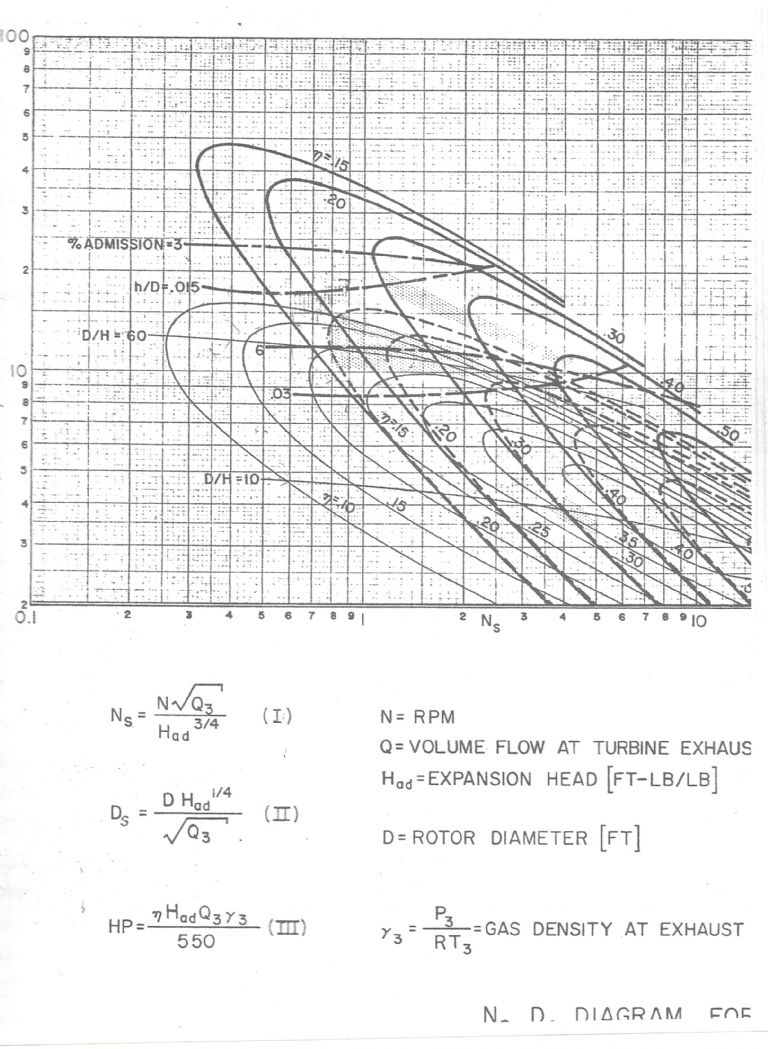In response to your question Byron and to Duncan’s comments, here is a summary of the design.
My plan is to initially get a single stage turbine running in the 4-stage housing / cylinder. Then add further stages into that housing, one at a time. The current cylinder is not split but I plan to make a new one that will be split before adding more stages. Both types of cylinder will use the same end covers which are not split and these have bores which will house inter-changeable bearings (see drawing). The first stage nozzles (see photo) are a bit rough being the first things cut with my micro-milling contraption and using a poor type of cutter. In Rateau turbines the stages are separated by so-called diaphragms. These house the nozzles. Unlike the stationary blading of typical reaction turbines, the diaphragms have small diameter bores which minimise the steam leakage area. As Duncan says, these bores are often sealed with labyrinths but quite a few turbines (e.g. those made by John Browns) had graphite ring seals. These were complicated components with over-lapping segments held together and held against the shaft by garter springs. I can post some pics if anyone is interested. Labyrinth seals are not suitable for tiny models as the necessary clearances would be unworkable. Multisegmented graphite seals are also not practical so I’ve adopted so-called floating ring seals. In these the graphite ring is a close running fit on the shaft and is held against a flat face of the stationary diaphragm. It is free to slide across the flat face and so can move with any vibration in the shaft. Full size rateau diaphragms were split in order to allow them to be assembled in between the rotor discs. The central discs of my inter-stage diaphragms will also be split (see photo). As with the first stage nozzles, the edge of the disc is tapered to fit closely in a single piece ring with a matching internal taper.
The design of the hp end bearing keeps getting changed and the drawing shows my latest idea. The sleeve that holds the graphite liner will be shrunk onto the graphite. i.e. it will be heated, the graphite inserted and then allowed to cool. (This method is recommened by one of the graphite manufacturers). The sleeve will then be centred in lathe and the graphite bored.
Published designs for graphite bearings show delivery of lubricant at the mid-point and though a hole leading into an axial groove along the bore of the bearing. Arranging for water to be delivered via a radial hole at the mid-point will be difficult so I plan to deliver it to one end – if it is needed at all. (As mentioned in a previous post, the PV value may be less than the 15,000 limit for graphite). I think end delivery of water is worth a try and I’ll be able to assess the effect of lubricant delivery on rotor speed etc. I think enough water will make its through the running clearance of the bearing but, if not, then one possibility could be to make a very fine axial groove in the graphite to allow water to penetrate further along the journal.
That’s more than enough from me. Sorry to have taken up so much space on your thread Byron.
Mike




Turbine Guy.
























